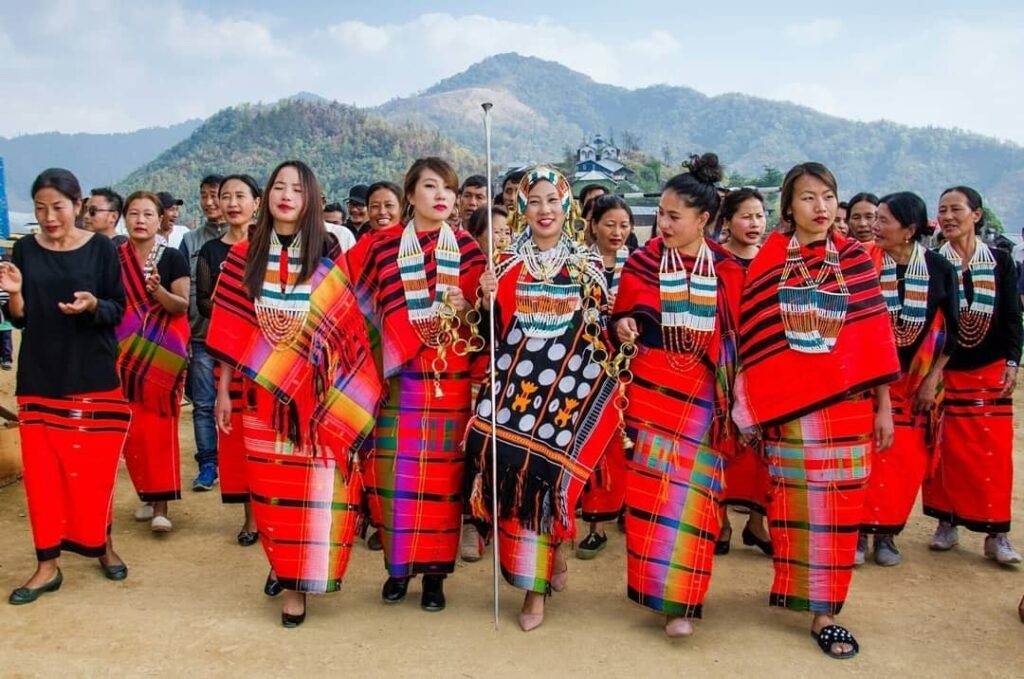Look East and Wander: How India’s Look East Policy is Spicing Up Northeast Tourism!
Turning Eastward: India’s Strategic Pivot
India’s “Look East Policy,” initiated in the early 1990s, marked a strategic shift in its foreign policy to strengthen economic and strategic relations with the Southeast Asian nations. With a focus on enhancing connectivity, trade, and cultural exchanges, the policy has gradually evolved into the “Act East Policy,” reflecting a more action-oriented approach. But beyond geopolitics and trade, this policy is sprinkling a generous dose of charm on tourism in India’s Northeast region.
Unveiling the Impact on Tourism
1. Enhanced Connectivity:
One of the most significant impacts of the Look East Policy on tourism is the improvement in connectivity. New highways, railways, and air routes have been developed, making previously remote destinations more accessible. The ambitious Kaladan Multi-Modal Transit Transport Project, connecting the northeastern states to Myanmar, is a game-changer for tourists seeking to explore the region’s hidden gems.
2. Cultural Renaissance:
The policy has encouraged cultural exchanges between Northeast India and Southeast Asian countries. Festivals, art exhibitions, and culinary fairs have become more frequent, drawing tourists eager to experience the rich tapestry of traditions. The Hornbill Festival in Nagaland, for example, has gained international fame, attracting visitors from across the globe.
3. Adventure Tourism Boom:
With improved infrastructure and connectivity, adventure tourism in the Northeast has received a significant boost. From trekking in the Arunachal Himalayas to white-water rafting in the Brahmaputra, the region is now a hotspot for thrill-seekers. The Look East Policy has opened up new avenues for eco-tourism, allowing travelers to explore the pristine landscapes responsibly.
4. Economic Upliftment:
The policy has spurred economic growth in the region, leading to better facilities and services for tourists. Small businesses, homestays, and local guides have flourished, providing visitors with authentic experiences while boosting the local economy. This economic upliftment has also led to the development of new tourist attractions and improved amenities.
5. Cross-Border Tourism:
With improved diplomatic relations and easier visa processes, cross-border tourism between Northeast India and neighboring Southeast Asian countries has seen a rise. Tourists can now embark on journeys that traverse international boundaries, exploring the cultural and natural wonders of both regions in one trip.

Quirky Adventures Await!
Meghalaya’s Living Root Bridges:
Imagine walking on bridges made entirely of living roots, nurtured over centuries by the Khasi tribes. These natural marvels are gaining global attention, thanks to better access and promotion under the Look East Policy.
Assam’s Tea Trails:
Ever fancied a tea-tasting tour right where the magic happens? Assam’s tea estates are now more accessible, offering immersive experiences in the lush greenery where the world’s favorite beverage is born.
Nagaland’s Tribal Trails:
Step into a world where ancient traditions and modernity blend seamlessly. Nagaland’s tribal villages, once isolated, are now welcoming curious travelers eager to learn about their unique way of life.
Manipur’s Loktak Lake:
Dubbed the “Jewel of India,” Manipur’s Loktak Lake, with its floating phumdis (islands), is now on the global travel map. Boating on this unique lake is an experience straight out of a dream.
Travel Tips for the Curious Wanderer
1. Plan Ahead:
While connectivity has improved, some remote areas still require meticulous planning. Ensure you have all necessary permits and travel documents in place.
2. Embrace Local Culture:
The Northeast is a cultural mosaic. Respect local customs and traditions, and you’ll be rewarded with unforgettable experiences and warm hospitality.
3. Pack Smart:
The region’s diverse geography means you’ll need to pack for various climates. Layer up for the mountains and pack light for the valleys.
4. Stay Sustainable:
Practice responsible tourism. Minimize your environmental footprint, support local businesses, and participate in eco-friendly activities.

Conclusion
India’s Look East Policy isn’t just a geopolitical strategy; it’s a bridge to new adventures and cultural discoveries in the Northeast. As connectivity improves and cultural exchanges flourish, this once-isolated region is transforming into a tourism hotspot. So, pack your bags, turn your gaze eastward, and get ready to wander through a land where every journey is a story waiting to be told.



